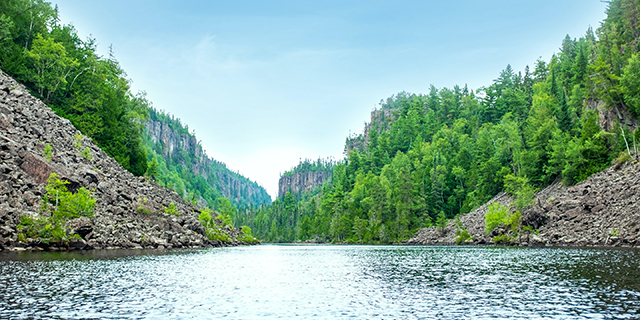Trees!
Trees are perennial woody plants with long trunks. Trees grow all over the earth, mostly because they beat out ferns by evolving seeds.
Trees aren't a taxonomic designation, more a visual description, so even the big ferns we mentioned above are sometimes described as trees.
There's no definition for shrub, either, so when you try to decide whether something's a tree or a shrub, your judgement is just as good as anyone's else. Wikipedia says small trees are classified as shrubs, but that the "minimum height" of a tree is anywhere from 0.5 to 10 m (1.6 to 32.8 ft) so really it's anyone's guess.
Fall foliage could be the best in years, according to Virginia Tech tree expert on WDBJ Your Hometown Station.
Tree Gallery
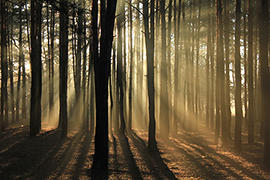
Dreamy Honey
View more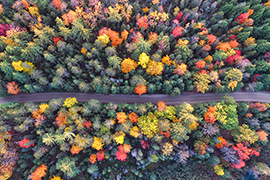
Dreamy Honey
View more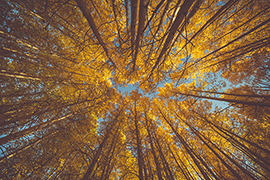
Dreamy Honey
View more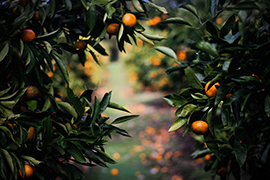
Dreamy Honey
View more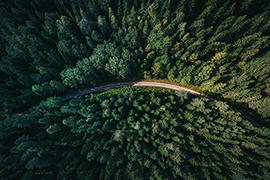
Dreamy Honey
View more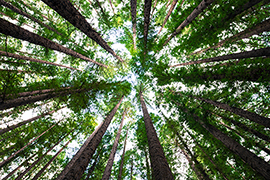
Dreamy Honey
View more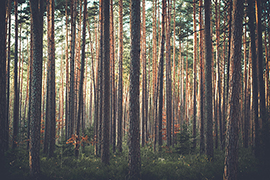
Dreamy Honey
View more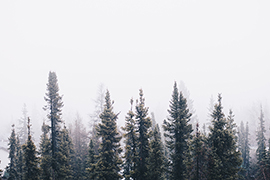
Dreamy Honey
View more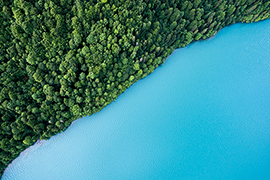
Dreamy Honey
View more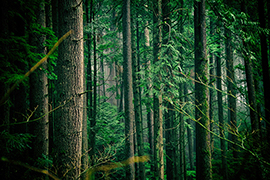
Dreamy Honey
View more
Dreamy Honey
View more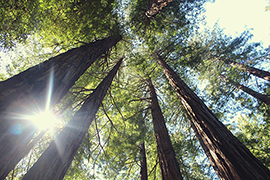
Dreamy Honey
View more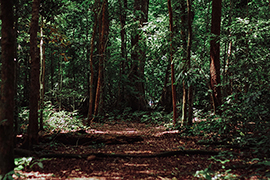
Dreamy Honey
View more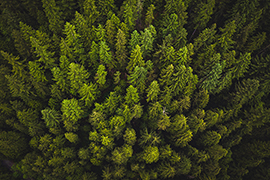
Dreamy Honey
View more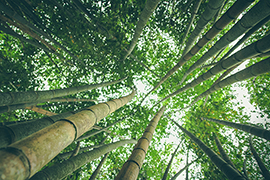
Dreamy Honey
View more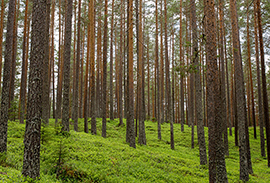
Dreamy Honey
View more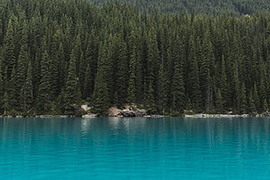
Dreamy Honey
View more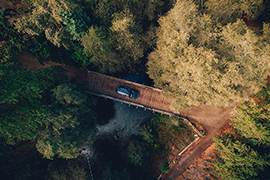
Dreamy Honey
View more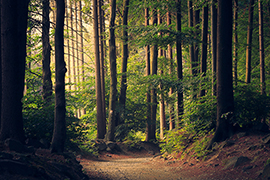
Dreamy Honey
View more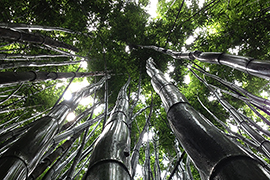
Dreamy Honey
View more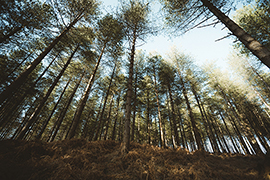
Dreamy Honey
View more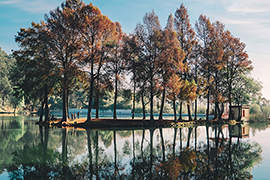
Dreamy Honey
View more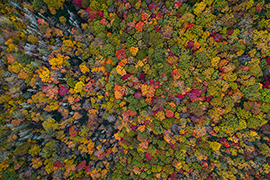
Dreamy Honey
View more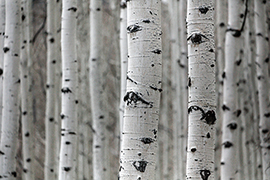
Dreamy Honey
View more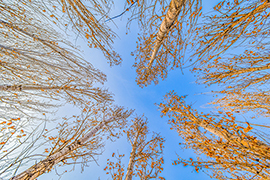
Dreamy Honey
View more
Dreamy Honey
View more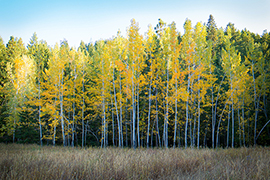
Dreamy Honey
View more
Dreamy Honey
View more
Dreamy Honey
View more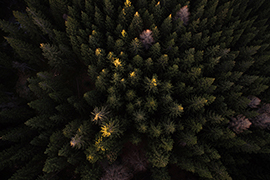
Dreamy Honey
View more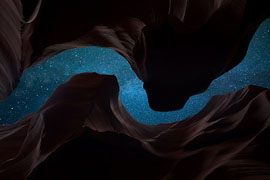
Dreamy Honey
View more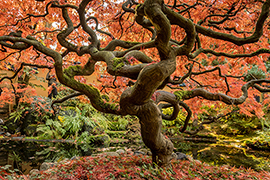
Dreamy Honey
View more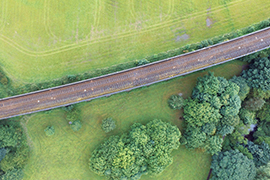
Dreamy Honey
View more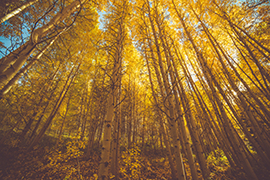
Dreamy Honey
View more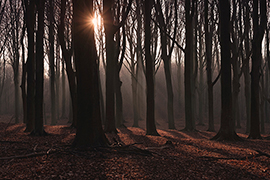
Dreamy Honey
View more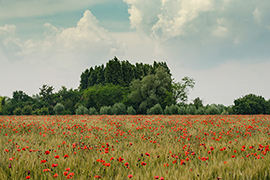
Dreamy Honey
View moreAbout Trees
If you want to support trees, plant them, care for them, and call the occasional tree doctor for them. Fund local nature programs and parks. Support controlled burns. Thank you.
I'm a big fan of The Secret Life of Trees, a great book for learning how trees communicate with each other.
Facts about trees
All of the following tree facts are from Precision Landscape and Tree.
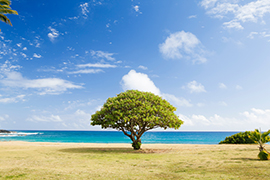
Age
Trees are the longest living organisms on Earth, and never die of old age
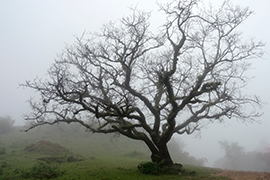
Water
Just like humans, trees need water to survive--and they drink a lot of it. In a single day, a large tree can consume 100 gallons of water out of the ground and discharge it into the air as oxygen and water vapor.
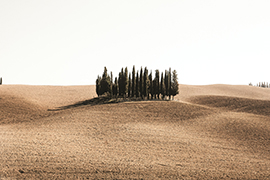
Chatter
Trees are able to communicate and defend themselves against attacking insects.
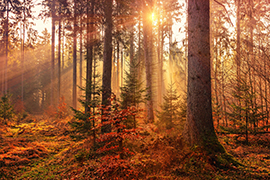
Cones
Pine cones have genders. Male pine cones shed pollen and female pine cones make seeds.
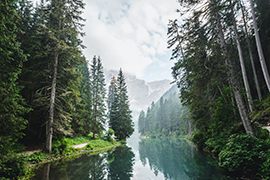
CO2
A tree can absorb as much as 48 pounds of carbon dioxide each year and can sequester 1 ton of carbon dioxide by the time it reaches 40 years old.
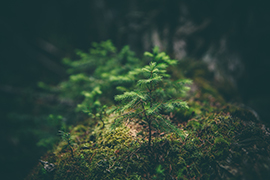
Cool
Trees lower air temperature by evaporating water in their leaves.
Please don't contact us
This form is just a demo and doesn't go anywhere.
If you're feeling really excited about contacting us, try:
